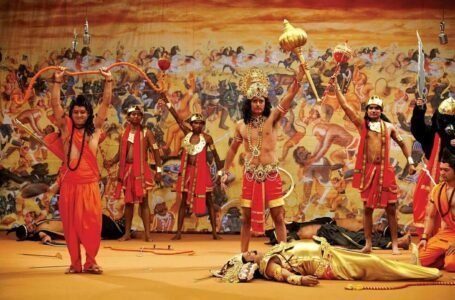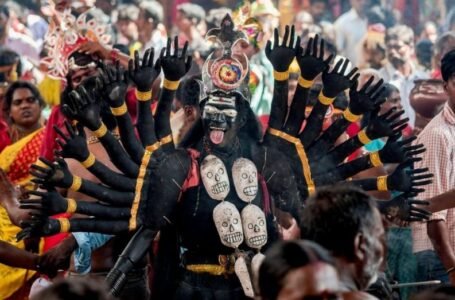PrideOfied : Ardhnareshwar the supreme deity
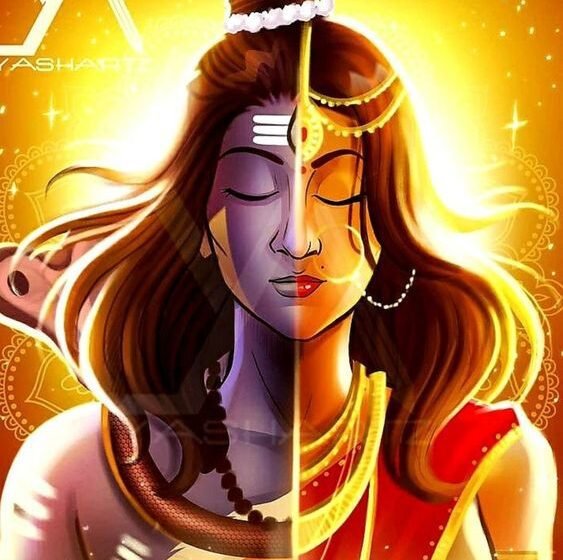
Shiva is commonly described as the ultimate man because he represents ultimate masculinity, yet in the Ardhnareshwar form of Shiva, one-half of him is a fully formed woman. Shiva was in a blissful state, and Parvati was drawn to him as a result. They married after Parvati did a lot of things to attract him and sought all kinds of help. Shiva, of course, wanted to share anything he had learned after they were married. “This place that you are in within yourself, I want to feel it as well,” Parvati replied. So, what should I do now? Please tell me. I am willing to go to any length to save money.” “There is no need for you to practice extreme austerity,” Shiva remarked with a smile.

Parvati approached him and sat on his left lap, oblivious of his presence. He simply drew her in, and she became half of him because she was so willing and had placed herself completely in his hands. You must comprehend that if he wants to fit her into his body, he must shed half of himself. As a result, he shed half of himself in order to include her. This is Ardhnareshwar narrative. This is essentially attempting to demonstrate that the masculine and feminine aspects of oneself are evenly divided. He grew ecstatic when he included her. It is stated that if the inner masculine and feminine connect, you will be in a state of euphoria indefinitely. If you try to do it on the outside, it will never last, and the problems that come with it will be a never-ending drama.
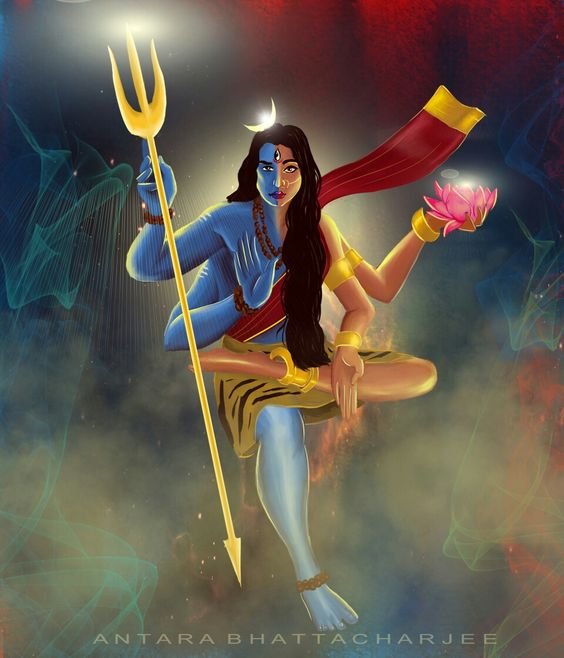
In essence, it’s not two people who want to connect; it’s two elements of life that want to meet – the outside and the inside. If you succeed on the inside, the exterior will happen entirely by chance. The outside will be a dreadful compulsion if you do not reach it inside. This is how things are done. Shiva included her as a part of himself and became half-woman, half-man, which is a fact that is being portrayed in a beautiful dialectal style. This is a sign to symbolize that if you evolve in your ultimate context, you will be half a man and half a woman, a full-fledged man and a full-fledged woman. That’s when you’ve matured into a full-fledged human being. You are not a skewed growth, you are neither masculine nor feminine; you have allowed both to develop. Male and female are not synonymous with masculine and feminine. The terms “feminine” and “masculine” refer to specific characteristics. Only when these two attributes are in balance within a person can he or she live a fulfilled life.

These two aspects – Shiva and Parvati or Shiva and Shakti – are known as Purusha and Prakriti in the narrative of Ardhnareshwar as a representation of creation. The word “Purush” is widely misunderstood today to imply “man,” however this is not the case. Prakriti is a Sanskrit word that signifies “nature” or “creation.” Purush denotes the source of all creation. The source of creation was present, creation took place, and it all fit together wonderfully. The Purusha is the starting point, the main induction that gets things started. Purusha refers to what caused existence to snap up and become creative when it was primordial and when it was not in a condition of creation. It must take place in a very ordered and elegant manner; otherwise, it will fail. Life will not happen if something goes wrong or if it happens brutally. So, when we consider the fundamental process that initiates the creation, we can see that it is similar to a single act. Purusha is what takes this on and gradually grows into life; whereas, Prakriti, or nature, is what makes this on and slowly evolves into life. As a result, nature is portrayed as feminine.
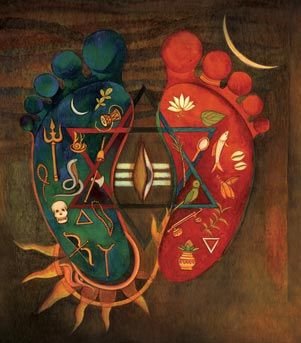
The feminine essence is now misconstrued by society and even women as a source of weakness. Because commerce has become the driving force in the globe, women are attempting to imitate men. Everything has returned to the jungle’s law of survival of the fittest. Once you’ve done that, the masculine will have the upper hand. We have chosen the power of hegemony over the subtleties of love, compassion, and acceptance of life. You’ll notice that if you only have macho, you’ll have everything but nothing. In a society, it is critical to intentionally nurture and celebrate the feminine. This needs to happen right from school. Music, art, philosophy, and literature should be pursued by children in the same way as science and technology should be pursued by adults. If this does not happen, the feminine will have no place in the world. We shall live extremely incomplete, imbalanced lives if we don’t figure out how to make both the masculine and feminine find equal roles to perform in our life structure.
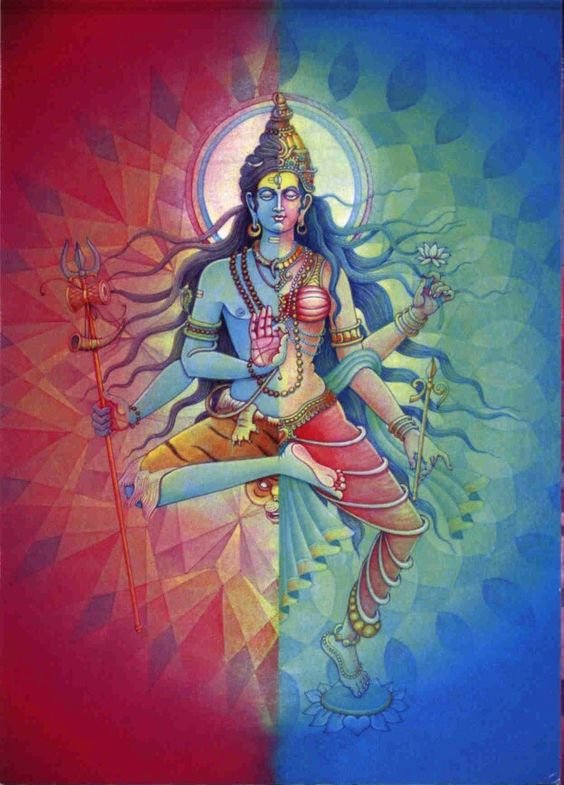
Ardhnareshwar is the deity who rules over the Ajna, or third eye chakra, which is associated with spiritual awakening. This is where we find the right balance between our male and female sides, regardless of gender. In Hinduism, each person is thought to be searching for their female half if they are male, or their male side if they are female, in order to achieve unification and transcendence. Lakshmi, the goddess of wealth and prosperity, and Vishnu, her husband Vishnu, form the hermaphroditic or androgynous Lakshmi-Narayan, which is hermaphroditic or androgynous.
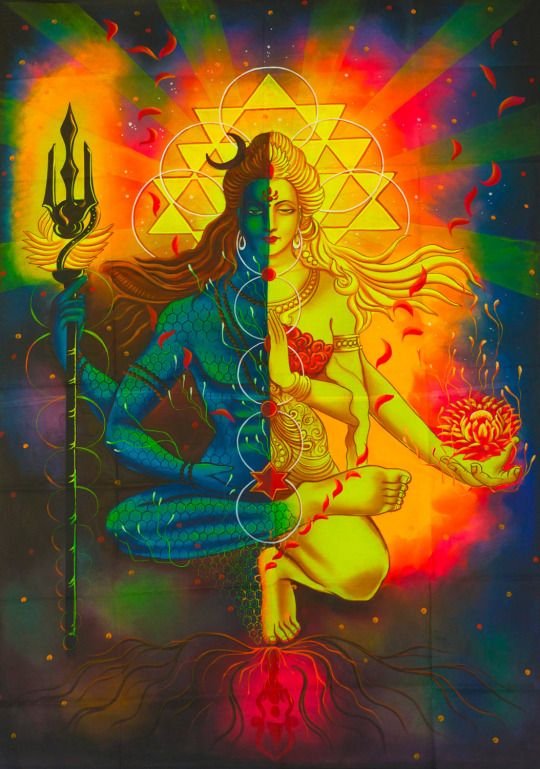
Hindu religion has given many other instances where the third gender or transgender was shown to be treated equally as humans. In modern-day, this community is considered socially unacceptable by many even though the government has declared the LGBTQ+ as an accepted community. Stories like that of Ardhnareshwar help us spread awareness that the Gods themselves believed in the third gender and embraced it as well, this is why Lord Shiva didn’t hesitate a bit to accept Goddess Parvati into himself to take the form of Ardhnareshwar. This is should motivate the younger as well as the older sections of the society to treat the third gender equally as they aren’t anything different but humans just like us.

